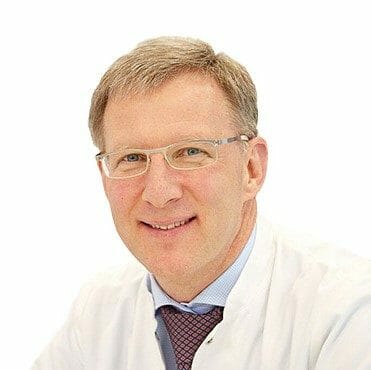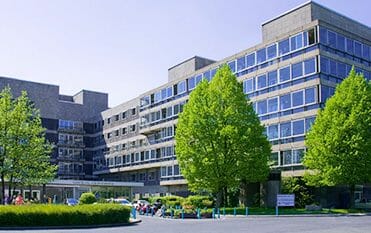Lipofilling, own fat transfer
Lipofilling can be used to fill in volume where needed, such as facial wrinkles, fuller lips, sunken backs of hands or sunken scars. Moreover, the stem cells contained in them contribute to the regeneration of surrounding tissues. Specialists in plastic and aesthetic surgery have many years of experience in autologous fat transplantation.
Advantages:
- We all have autologous (=own) fat, whether rich or poor. Therefore, autologous fat as a "material" is always available and can be carefully removed from your body by experienced specialists, prepared and injected into the desired area. Only very slender people may find it difficult to find a suitable site for fat removal, but for wrinkle removal it is quite feasible.
- Autologous fat transfer does not carry the risk of lumps, rejection or allergic reactions: your fat belongs to you and is therefore not recognized as a foreign body
- Autologous fat is composed of adipocytes (mature fat cells), extracellular matrix, capillaries, and vascular stromal fraction (SVF), which also includes adipose stem cells. These stem cells, concentrated in nano-fat, have regenerative abilities and can enhance the initial effect of lipofilling for a long time: Skin structure is improved for a long time - in addition to the pure effect of volume.
- The use of the body's own cells results in the re-growth of a significant portion of the implanted cells in the new environment of the body. Depending on the desired volume increase, several procedures may be useful, but regular repeated injections, such as with fillers containing hyaluronic acid, are not necessary for autologous fat grafting.
- 75-45% of the injected fat is stored, which provides the desired effect for a long time: a smoother, fresher look, compensation for volume deficits, more fullness exactly where it is needed.
Surgery of the lymphatic tract
Lymphedema causes blockage of lymphatic drainage so that lymphatic fluid can no longer drain as it normally does through the lymphatics. Stagnation of lymph leads to chronic edema and increased deposition of protein in the tissues. This usually leads to a restriction of daily life and, consequently, to a decrease in its quality.
So far, conservative measures such as comprehensive physical decongestion therapy and wearing compression stockings have generally been the only options for affected patients. The further development of surgical instruments, electric microscopes and, above all, diagnostic imaging has led to the fact that microsurgeons are increasingly involved in lymphatic surgery.
The clinic uses the latest microsurgical techniques using highly advanced technology: lymphovenous anastomosis, transplantation of vascularized lymph nodes: in this procedure, superficial lymphatic vessels are connected directly to the veins. In this way, impaired lymph drainage pathways can be bypassed and lymph can drain directly into the venous system. For this surgical method, super microsurgery is used: with a size of less than 0.7 mm, the lymphatic vessels are even thinner than the blood vessels! This operation requires an experienced microsurgeon and a powerful operating microscope, special instruments and especially thin suture material.
Until now, it has been very difficult to locate the small transparent lymph vessels. The Photo Dynamic Infrared Camera (PDE: Photo Dynamic Eye) now allows the surgeon to visualize vessels – without any radiation exposure to the patient.
Augemotherapy - injections using autologous blood
A small amount of blood (about 20 ml) will be taken from you. The blood is processed to produce platelet-rich plasma (PRP). PRP is then injected into the desired area using small, thin needles. Thanks to local anesthesia, the procedure is almost painless. Because PRP is the body's own product, there is no risk of an allergic or defensive reaction to foreign bodies with this method.
What is special about autologous blood therapy? Platelets (PRP) contain a large amount of growth hormones that regenerate skin vessels and stimulate connective tissue. PRP also promotes the formation of new stem cells and can be combined very well with autologous fat injections. More hyaluronic acid is produced, the concentration of which in the skin decreases with age, causing wrinkles.
Head of the Clinic of Dermatology, Oncodermatology and Allergology
Video
Request appointment
Useful links
Photo gallery












